There is a Goldfinch on the bird feeder this morning, a shock of yellow amidst the fresh green Maple leaves. The birdsong is a reminder of spring. As I think about the life abounding around me my mind turns from the yellow of the finch to the Yellow-bellied Sapsucker that was making its home above our campsite this past week.
The Sapsucker maintained a persistent knock deep in a dead pine tree at the back of our campsite. Its cadence was a heartbeat I listened to for three days. She would beat her drum, then pop out her head and shake like a wet dog. She cast heartwood fibers like seeds down on our campsite. She would watch as the fibers littered onto the picnic table and our “clean” dishes.1
She was building her home in the tree she was hollowing out. We made our temporary tent home on the clear patch of dirt below her. Neither the nest, nor the tent, were built on solid stone.
How long can a home in standing dead wood last? How long does any home last?
Fall Star 1/5, 2008
by Do Ho Suh
I have several friends going through the process of buying a house right now and although the question, “what make a house a home?” is interesting, I can’t help but keep reflecting back to the impermanence of these homes we build. Do Ho Suh (pronounced: doe, hoe, sue) chews on this reality in a variety of ways. In this day and age most ancestral homes or lands are gone. Most people have been uprooted from their agrarian ground and can move wherever they like, make their homes however they like, and sell the place when the real-estate market is favorable.
Home is an idea more so than a thing or a place. Once the tree rots we peck our way into the next and the next as long as the forest goes on growing. Home is like a spirit or feeling floating in the air.
Seoul Home/Seoul Home/Kanazawa Home/Beijing Home/Pohang Home/Gwangju Home/Philadelphia Home, 2012
by Do Ho Suh
Or a distant memory that grows thinner and threadbare as we age. Do you remember the size of your childhood room? Do you remember the shape of the door knob?
ScaledBehaviour_runOn(doorknob_11.3.1), 2023
by Do Ho Suh
Imagine the room where you first felt “at home.” Can you trace the details of the room in your mind? The place that formed you as an idea of Home formed in your mind?
Do Ho Suh has measured and remade home after home. He has traced door knobs with threads. He has dwelt on the places he has dwelt within. Mixing mourning with appreciation. Dwelling on as much as in the places where he has found a home. I remember warmth on the carpet in the sun as a child. Brown carpet. I remember playing in the yard beneath the walnut–I think it had four main branches. The details are fading though. They are as faint as the tent screen made to keep the bugs out.
I realize that all my homes have been tents.
One: Do Ho Suh, 2018
by Do Ho Suh
We whittle away and build our nests within standing dead wood and on stone which can break and bricks that can crumble, unless we keep up with the cleaning and the maintenance. We fight back the ever changing seasons, clinging like Sociable Weavers of the Kalahari:
Assimilation, (n/a)
by Dillon Marsh
Social Weavers. What a name for a bird. It seems like it is actually an apt description for us humans. We bind things together with names and land deeds and fences and walls and then we call these hat-hanging abodes homes.
Coming to my mind now is the superb rumination by Italo Calvino on the temporal nature of our constructions in his book Invisible Cities. In this postmodern cloud of mystery Marco Polo tells the great Kubla Khan of all the cities he has seen in his travels. The list goes on and on and each city is more fantastical then the next. You wonder, what is Marco’s memory like? Are these cities real? Here is just one short description of a city from pg 63:
The city of Sophronia is made up of two half-cities. In one there is the great roller coaster with its steep humps, the carousel with its chain spokes, the Ferris wheel of spinning cages, the death-ride with crouching motorcyclists, the big top with the clump of trapezes hanging in the middle. The other half-city is of stone and marble and cement, with the bank, the factories, the palaces, the slaughterhouse, the school, and all the rest. One of the half-cities is permanent, the other is temporary, and when the period of its sojourn is over, they uproot it, dismantle it, and take it off, transplanting it to the vacant lots of another half-city.
And so every year the day comes when the workmen remove the marble pediments, lower the stone walls, the cement pylons, take down the Ministry, the monument, the docks, the petroleum refinery, the hospital, load them on trailers, to follow from stand to stand their annual itinerary. Here remains the half-Sophronia of the shooting-galleries and the carousels, the shout suspended from the cart of the headlong roller coaster, and it begins to count the months, the days it must wait before the caravan returns and a complete life can begin again.
I love that it is not the carnival that packs up, its the marble and cemented part of the city. If you think that seems odd, drive through the rust belt. You tell me what is the most permanent part of these places where we cluster our homes like a woven social fabric, whose undergirding structure is a loom made by city planners.
Part of me wants to mourn. Even our houses built of rock on rock inevitably crumble. I want to resist entropy and decay. I want to build to last. Perhaps Rachel Whiteread’s form of residential architecture is the most permanent house that can be made:
Untitled (House), 1993
by Rachel Whiteread
Whiteread filled the void of an abandoned town house with cement. As in, she used the building as a concrete casting form. Once the concrete cured, the “house” was broken away to leave the solid cement.
It will take ages for this solid house to erode. But, obviously, it is no longer livable. I could fill the Sapsucker’s pecked out home to make it permanent. But the rigidity of permanence kills the ever-changing living things who house themselves within.
Both the bird’s nest and our houses rise and fall like breaths. The Goldfinch flies off but House Finch takes up his post. The beauty and joy must be baked in to the fact that it all keeps changing. Or as Iain McGilchrist puts it in The Master and His Emissary:
The river is always different, but always the same. Ultimately, of course, Rivers themselves, not just the waters that flow through them, come and go: in this too our bodies are like rivers. But stasis, the opposite of change and flux, is incompatible with life, and leads only to separation, and disintegration: ‘Even the potion separates unless it is stirred’.
What are we to do? Where are we to live? How are we to build homes if they are destined to decay? I am left feeling like there is no reasonable course of action. Must I embrace decay as obligation?
I finish all of my classes with this poem. Somehow it gives me hope:
Manifesto: The Mad Farmer Liberation Front
by Wendell Berry
Love the quick profit, the annual raise,
vacation with pay. Want more
of everything ready-made. Be afraid
to know your neighbors and to die.
And you will have a window in your head.
Not even your future will be a mystery
any more. Your mind will be punched in a card
and shut away in a little drawer.
When they want you to buy something
they will call you. When they want you
to die for profit they will let you know.
So, friends, every day do something
that won’t compute. Love the Lord.
Love the world. Work for nothing.
Take all that you have and be poor.
Love someone who does not deserve it.
Denounce the government and embrace
the flag. Hope to live in that free
republic for which it stands.
Give your approval to all you cannot
understand. Praise ignorance, for what man
has not encountered he has not destroyed.
Ask the questions that have no answers.
Invest in the millennium. Plant sequoias.
Say that your main crop is the forest
that you did not plant,
that you will not live to harvest.
Say that the leaves are harvested
when they have rotted into the mold.
Call that profit. Prophesy such returns.
Put your faith in the two inches of humus
that will build under the trees
every thousand years.
Listen to carrion — put your ear
close, and hear the faint chattering
of the songs that are to come.
Expect the end of the world. Laugh.
Laughter is immeasurable. Be joyful
though you have considered all the facts.
So long as women do not go cheap
for power, please women more than men.
Ask yourself: Will this satisfy
a woman satisfied to bear a child?
Will this disturb the sleep
of a woman near to giving birth?
Go with your love to the fields.
Lie easy in the shade. Rest your head
in her lap. Swear allegiance
to what is nighest your thoughts.
As soon as the generals and the politicos
can predict the motions of your mind,
lose it. Leave it as a sign
to mark the false trail, the way
you didn’t go. Be like the fox
who makes more tracks than necessary,
some in the wrong direction.
Practice resurrection.
To Berry’s grand list of incomputable things I’d like to add: go camping, look at birds, love the thing that is decaying into the dirt, make a drawing that will not last, or perhaps make a sculpture out of ice and watch it melt:
Ice Sculpture from the Film “Rivers and Tides,” (2001)
by Andy Goldsworthy
Your home will crumble like a dead tree in the forest. But more trees will spring up as the fungus decomposes the trunk and bark. All good soil is made up of mostly dead things.
I am convinced that grease is impossible to remove without hot water and a sink.



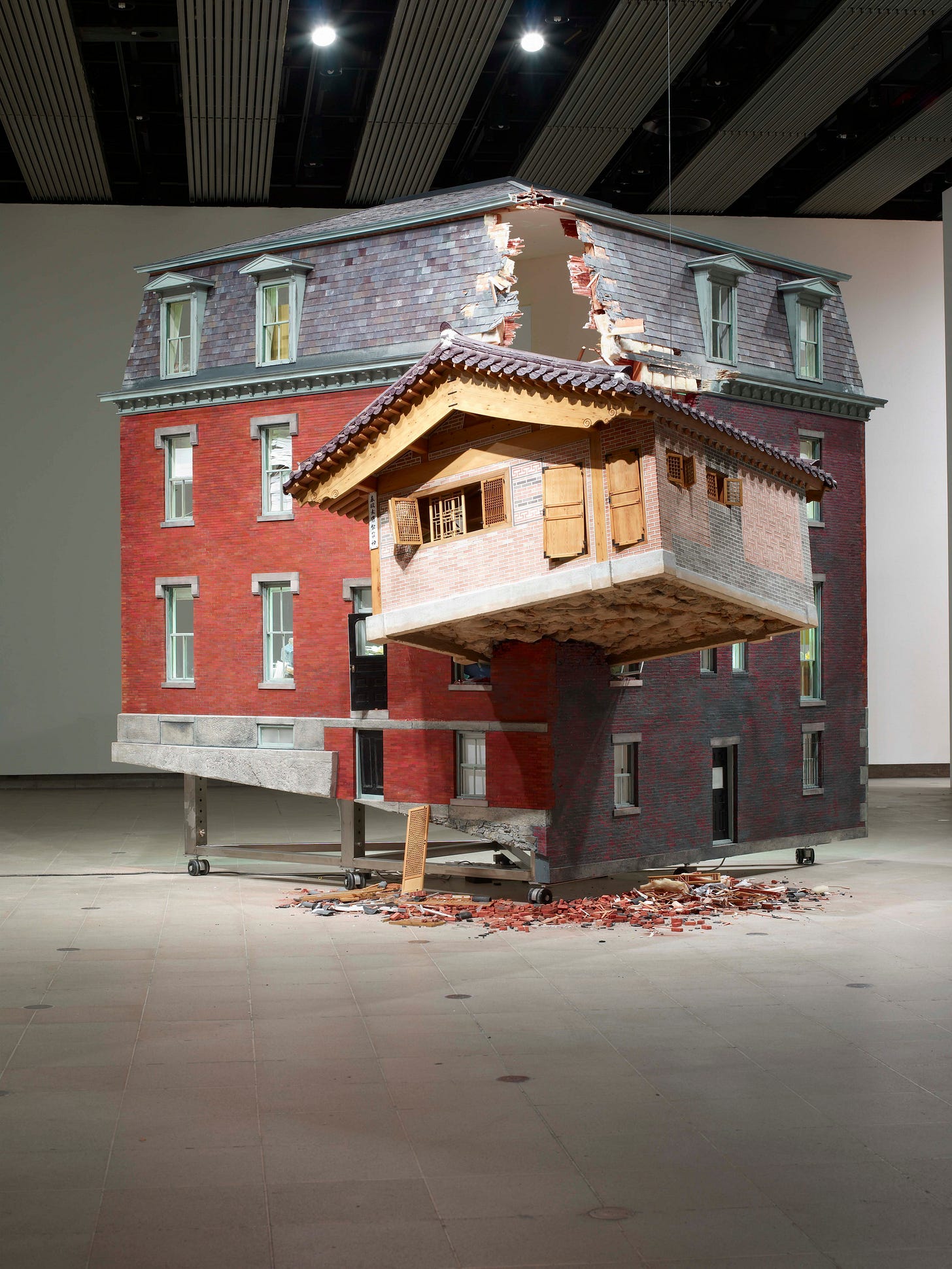
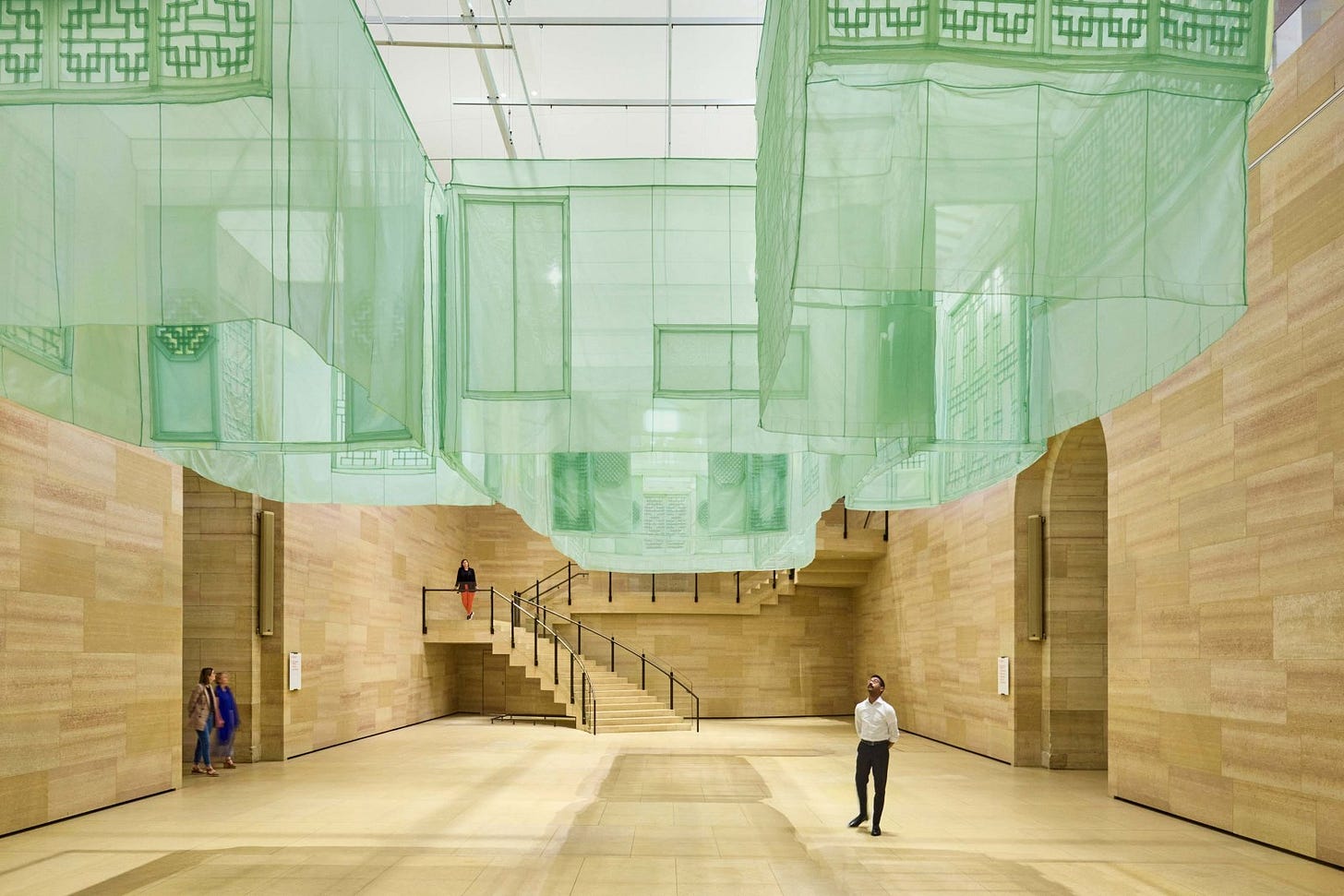
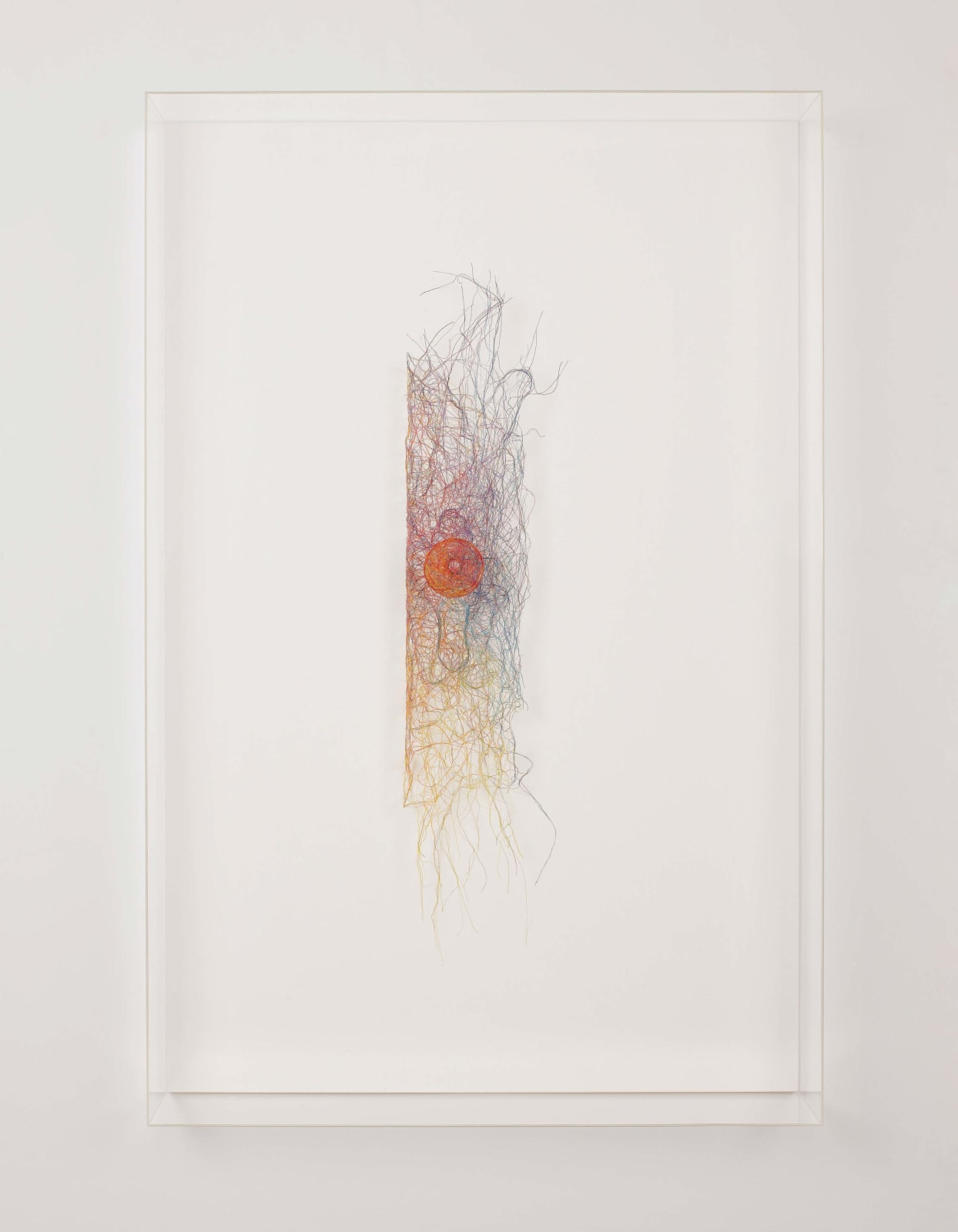

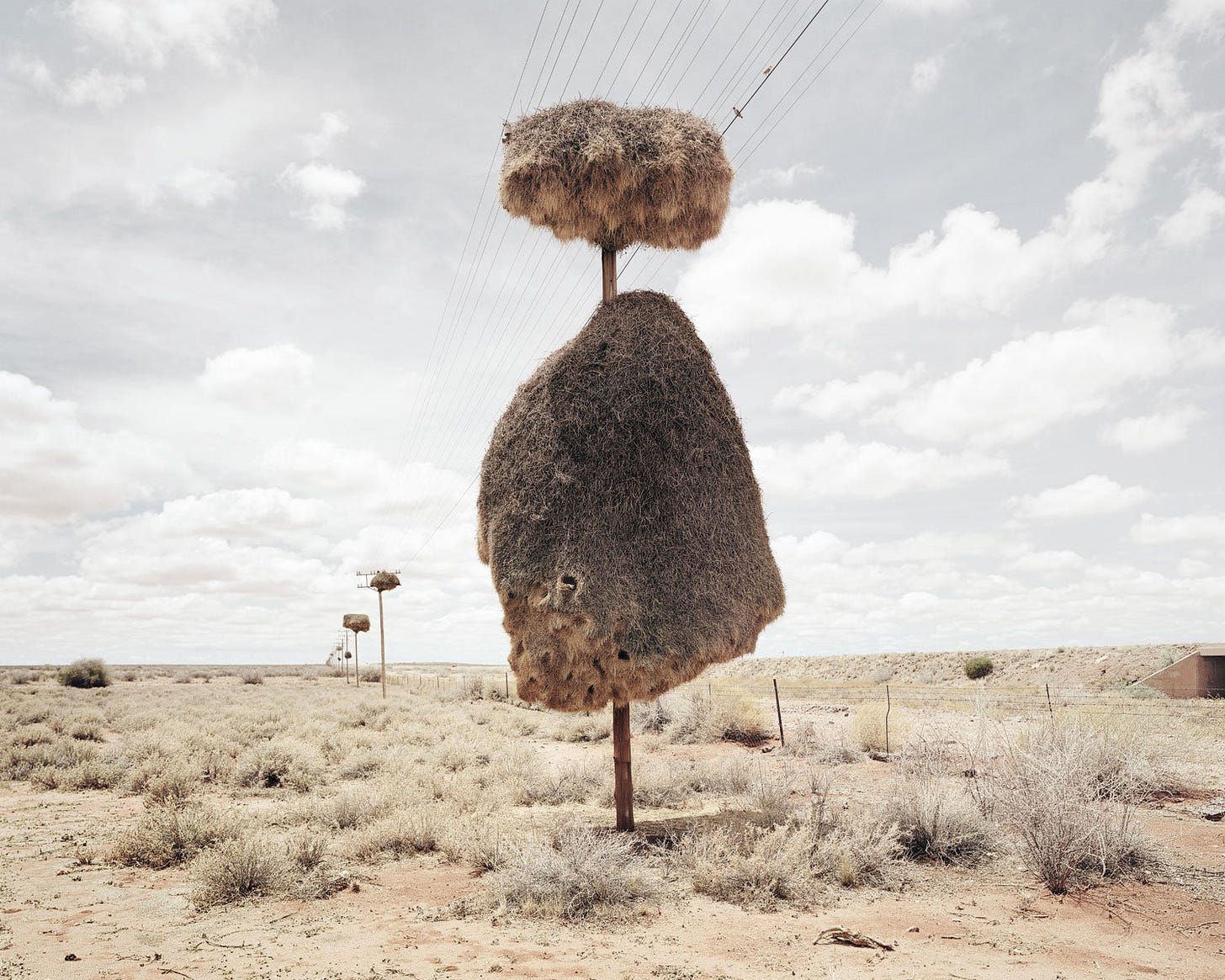
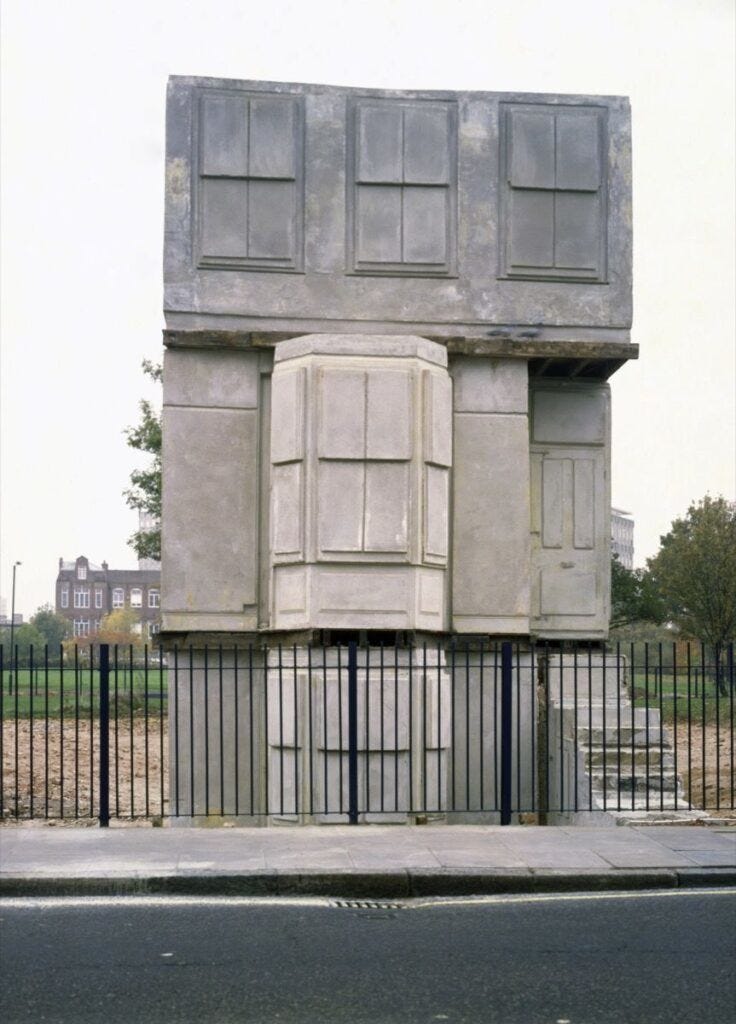
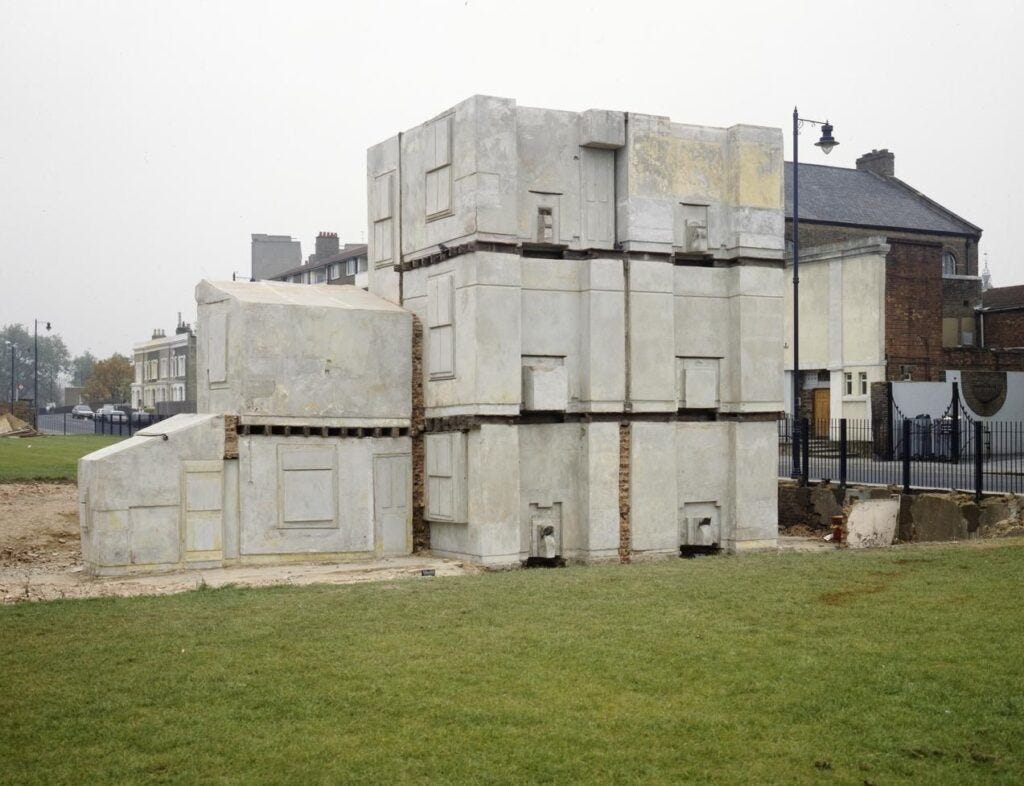
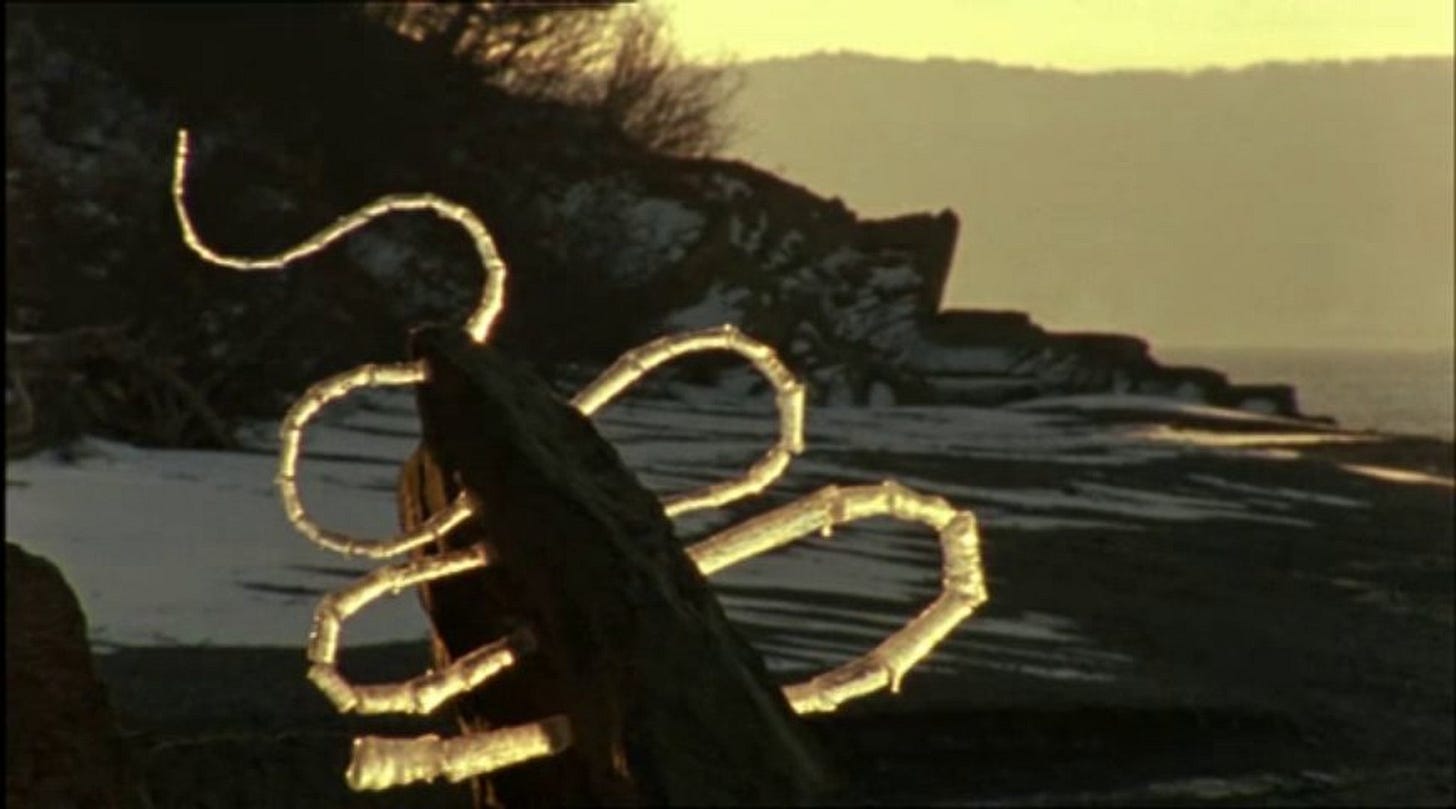
Whenever we move into a new home, I'm going to throw out all our current belongings like she did with the wood pulp. Hahahaha.
I love that! It's a tangible reminder. My next depths post will further this kind of idea.